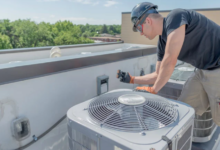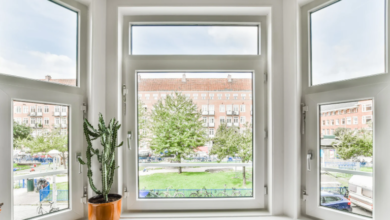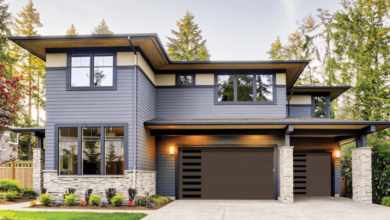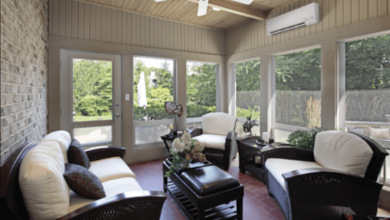Deer Fence Materials Pricing Guide: What to Expect for Quality and Longevity
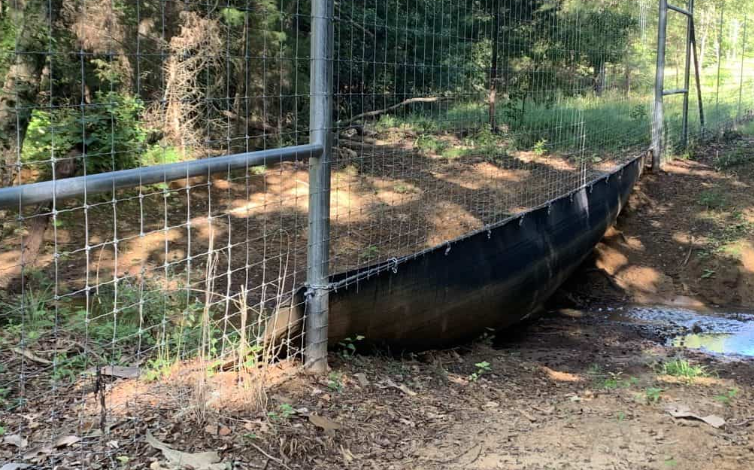
When planning to protect your garden or property from deer, understanding “how much do deer fence materials cost?” is a key part of budgeting your project effectively. Deer fencing comes in various materials, each with its own price range, durability, and maintenance needs. Making an informed decision can save money in the long run and ensure your fence lasts as long as possible. This guide breaks down the common materials used for deer fences, current pricing trends, and advice on balancing cost with quality and lifespan.
Common Deer Fence Materials and Price Ranges
The cost of deer fence materials depends mainly on the type of fencing mesh and the posts that support it. Here are the most common materials used in 2025, with an overview of typical pricing considerations.
Polyethylene Mesh
Polyethylene mesh is popular for its flexibility and resistance to weather damage. It comes in rolls or pre-made kits.
- Pricing: This mesh is generally the most affordable option for deer fencing. The price varies depending on thickness, mesh size, and UV resistance.
- Durability: Polyethylene fences are lightweight and resist rot and corrosion, but they can stretch or sag over time if not properly tensioned.
- Maintenance: Occasional tightening and patch repairs may be necessary.
Polyethylene mesh is a good choice for small to medium properties where budget is a concern, but durability is still important.
See also: The Journey to Building Your Dream Home in Sacramento
Wire Mesh
Wire mesh fencing is typically made from galvanized steel or coated metal wire, offering greater strength than plastic mesh.
- Pricing: Wire mesh usually costs more than polyethylene, reflecting its higher durability and lifespan.
- Durability: Wire mesh fences stand up well against pressure and are resistant to rust with proper coating.
- Maintenance: Requires inspections for rust or broken wires, and occasional tightening.
Wire mesh is ideal for larger properties or areas with heavy deer traffic where long-lasting protection is needed.
Posts and Supports
Fence posts hold the mesh securely and come in various materials, each with its own cost implications.
- Wooden Posts: Usually the least expensive but prone to rot and pest damage.
- Metal Posts: More expensive, stronger, and rust-resistant, often galvanized for extra protection.
- Fiberglass or Composite Posts: Lightweight and rot-resistant, these may cost more but offer low maintenance.
The choice of posts can significantly affect the overall cost and durability of the fence.
Factors Affecting Deer Fence Material Costs
Several factors influence how much do deer fence materials cost beyond just the type of mesh and posts:
- Fence Height: Taller fences require more material and sturdier posts, increasing costs.
- Tensioning Systems: Adding tensioning hardware helps prevent sagging but adds to expenses.
- Brand and Quality: Premium brands with warranties usually cost more but provide peace of mind.
- Regional Price Variations: Shipping, availability, and local demand can affect prices.
- Additional Features: Gates, angled climb protection, or electric fencing components increase costs.
Understanding these elements helps you budget more accurately.
Balancing Cost Versus Longevity
Choosing cheaper materials might lower your initial expenses but can lead to more frequent repairs or earlier replacement. Investing in higher-quality materials often results in longer-lasting fences that require less upkeep.
- Polyethylene mesh is affordable upfront but may stretch and need tightening over time.
- Wire mesh and metal posts cost more but generally last longer and stand up better to harsh weather and animal pressure.
- Considering how long you want the fence to last can guide you toward the right balance between cost and quality.
Other Costs to Consider
While focusing on how much do deer fence materials cost, it’s important to include:
- Installation Labor: Hiring professionals adds to the budget but ensures proper setup.
- Accessories: Clips, zip ties, tensioners, and tools for installation.
- Maintenance Supplies: Patch kits, rust prevention treatments, and replacement parts.
Factoring these in provides a clearer picture of the total project cost.
Tips for Saving Money on Deer Fence Materials
- Buy in bulk or look for package deals.
- Choose recycled or eco-friendly materials where possible.
- Plan your fence layout carefully to avoid excess material.
- Maintain your fence regularly to extend its life.
- Compare multiple suppliers and brands for the best value.
Final Thoughts
Knowing how much do deer fence materials cost helps you plan a fence that fits your budget without compromising on quality. The right choice depends on your property size, local deer activity, and how much time you can spend on maintenance. Balancing upfront cost with longevity and durability ensures your deer fence remains a strong and reliable defense for years to come.


